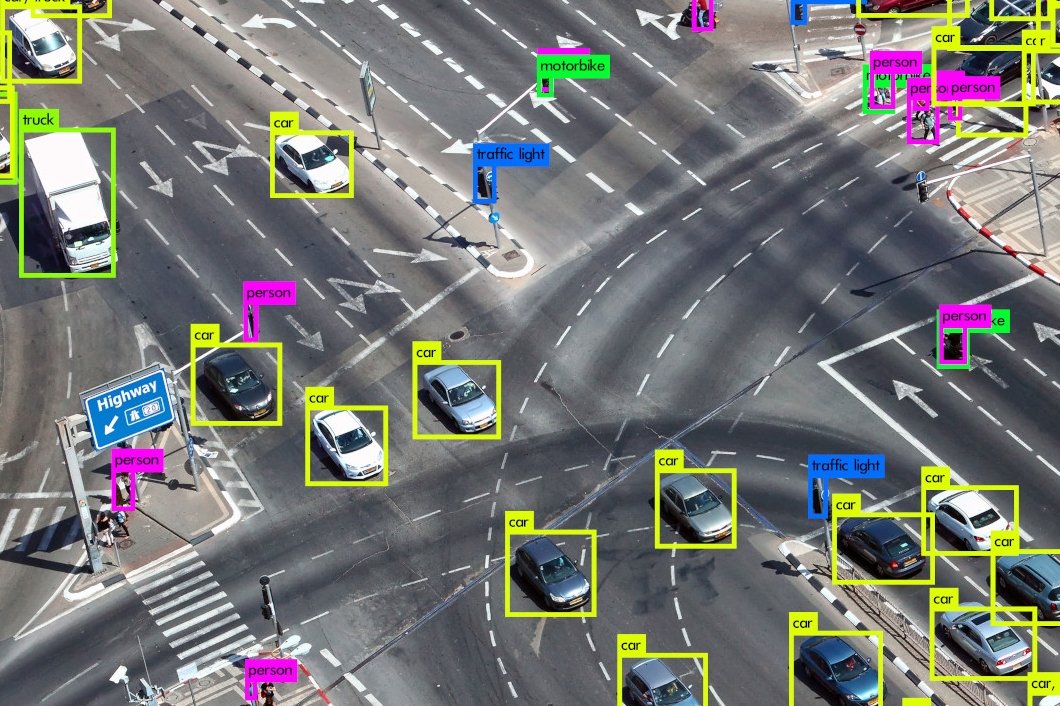Exploring the World of Food Photography
Food photography is a captivating art form that requires a blend of technical skill and creative flair to truly master. In this essential guide, we’ll delve into the key elements and techniques needed to elevate your food photography game and capture mouthwatering images that leave a lasting impression.
Choosing the Right Equipment
The first step in mastering food photography is selecting the right equipment. A high-quality digital camera with a macro lens is ideal for capturing intricate details and textures in food. Additionally, investing in a sturdy tripod and external lighting sources such as a softbox or diffuser can help you achieve professional-looking results.
Understanding Lighting and Composition
Lighting is paramount in food photography as it sets the mood and highlights the textures and colors of the food. Natural light is often preferred for its soft and flattering effect, but artificial lighting can also be used creatively to enhance certain aspects of the dish. Experiment with different lighting setups and angles to find what works best for each food item.
Composition is another critical aspect of food photography. Pay attention to elements such as framing, leading lines, and negative space to create visually appealing compositions. Consider the arrangement of props and utensils to add context and storytelling to your food images.
Styling and Presentation
Styling and presentation play a significant role in food photography. Pay attention to the placement of ingredients, garnishes, and props to create an inviting and appetizing scene. Experiment with different backgrounds and surfaces to complement the colors and textures of the food.
Capturing Details and Textures
One of the key goals in food photography is to capture the details and textures of the food in a way that entices the viewer. Use a shallow depth of field to selectively focus on the main subject while creating a pleasing background blur. Get up close and personal with the food to showcase its intricacies.
Color and Contrast
Color and contrast are essential elements that can make or break a food photograph. Pay attention to the color palette of the dish and use complementary colors to create visual harmony. Experiment with different props and backgrounds to add contrast and interest to your images.
Editing and Post-Processing
Editing is the final step in perfecting your food photos. Use editing software to adjust exposure, color balance, and sharpness to enhance the overall look of the image. Be mindful not to over-edit and maintain a natural and realistic appearance.
Sharing Your Work
Once you’ve mastered the art of food photography, it’s time to share your work with the world. Create a visually appealing portfolio or website to showcase your best images. Utilize social media platforms and food photography communities to connect with other photographers and food enthusiasts.
Continuous Learning and Practice
Mastering food photography is an ongoing journey of learning and practice. Stay inspired by exploring new cuisines, experimenting with different recipes, and attending workshops or classes. Don’t be afraid to push boundaries and try out unconventional techniques to create unique and captivating food images.
Conclusion
Mastering the art of food photography requires a combination of technical skills, creativity, and attention to detail. By choosing the right equipment, understanding lighting and composition, styling and presenting food effectively, capturing details and textures, playing with color and contrast, editing with precision, sharing your work, continuous learning, and practice, you can elevate your food photography to new heights and create images that truly tantalize the senses. Read more about food photography guide




